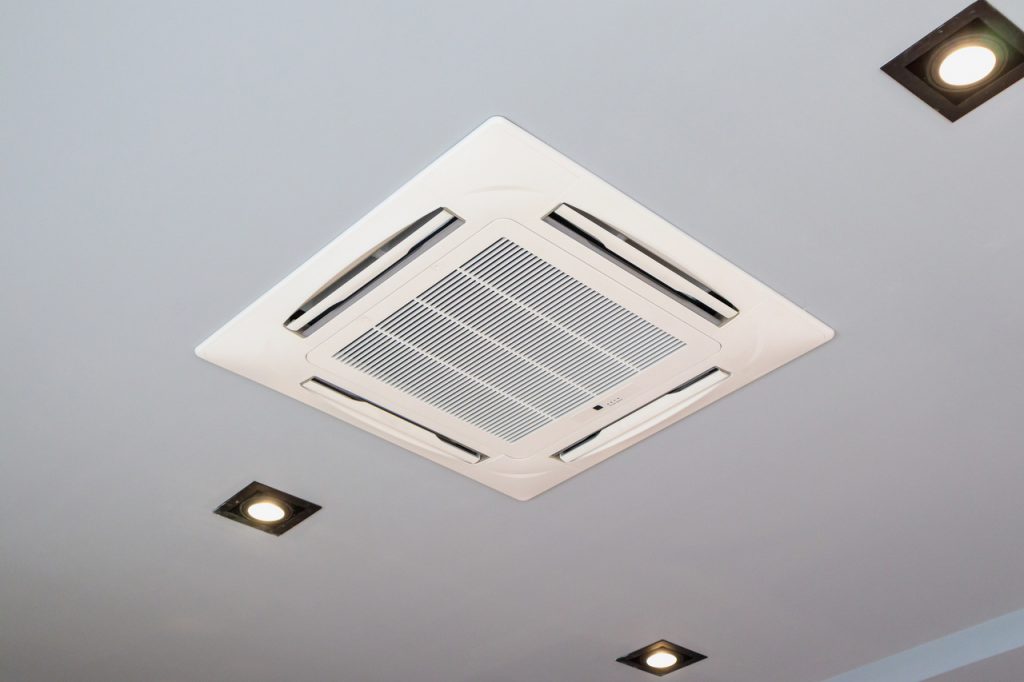A lot depends on the type of ventilation – including your home heating bills. What is the difference between gravitational ventilation and mechanical ventilation with heat recovery? Which one is better to invest in?
Mechanical ventilation with heat recovery, otherwise known as recuperation, is a modern way to ensure air circulation in the house, without having to completely heat the air entering. How does it differ from traditional gravitational ventilation? We present the advantages and disadvantages of both solutions

Gravity ventilation is the most classical way of draining “used” air from inside to outside – through the vertically mounted chimneys, in which the so-called “cug” is created based on pressure differences. However, in order for such a situation to occur and for warm air to spontaneously escape outside, it is necessary to create specific conditions, which are increasingly rare in modern construction
>> See also: Recuperation – advantages and disadvantages
First, there must be an inflow of air from the outside, such as through an ajar window. Until a dozen or so years ago, most windows were simply leaky, and cold air from outside penetrated through gaps in the insulation. If the temperature difference between the air inside the house and outside was large enough, the pressure difference spontaneously pushed warm air outside, and full of oxygen and cold air began to warm up
Problems with gravity ventilation began with the construction of houses with very good thermal insulation, in which it is difficult to produce the necessary cug. Additionally, the need to constantly open windows to bring fresh air into the room resulted in higher heating bills. If you use gravity ventilation in your home, you also don’t have the ability to control the airflow and filter it
Mechanical ventilation with heat recovery, or recuperation, is a modern form of air circulation in tightly insulated homes. The heart of the entire mechanism is a device called a recuperator, through which two channels run – one exhausts air from the inside, the other draws in air from the outside. They don’t connect, so the fresh air doesn’t become more polluted, but the heated air pushed outside gives up some of its heat on the way. As a result, the outside air does not have to be heated from scratch, but slightly warmed by just a few degrees
Ventilation with heat recovery is installed mainly in houses, which are absolutely impermeable solid, and their thermal insulation is so solid and compact that gravity ventilation could not cope with the task (and, for example, change the direction of air flow). It’s also energy efficient and hypoallergenic
As you might guess, you can save a lot of money with recuperation – specifically, reducing your heating costs by as much as half! By using the generated heat from the used air, some of the energy is returned to your home along with the fresh air. However, this is not the only benefit
In recuperators there are filters installed, which catch almost everything – CO2, mould, fungi, bacteria, dust, mites and allergens. This makes them ideal for homes of allergy sufferers and people suffering from respiratory diseases such as asthma. If you suffer from migraines and constantly lowered mood, it may be a sign that your body cannot cope with the polluted air and smog. A recuperator will therefore increase your comfort of life
Mechanical ventilation also allows you to constantly control the level of humidity in the air. And thanks to filtering fungi and mold, you don’t have to worry about soggy foundations and walls where dangerous organisms will grow. Dust filtration systems also allow you to reduce cleaning – as you can see, the benefits alone!